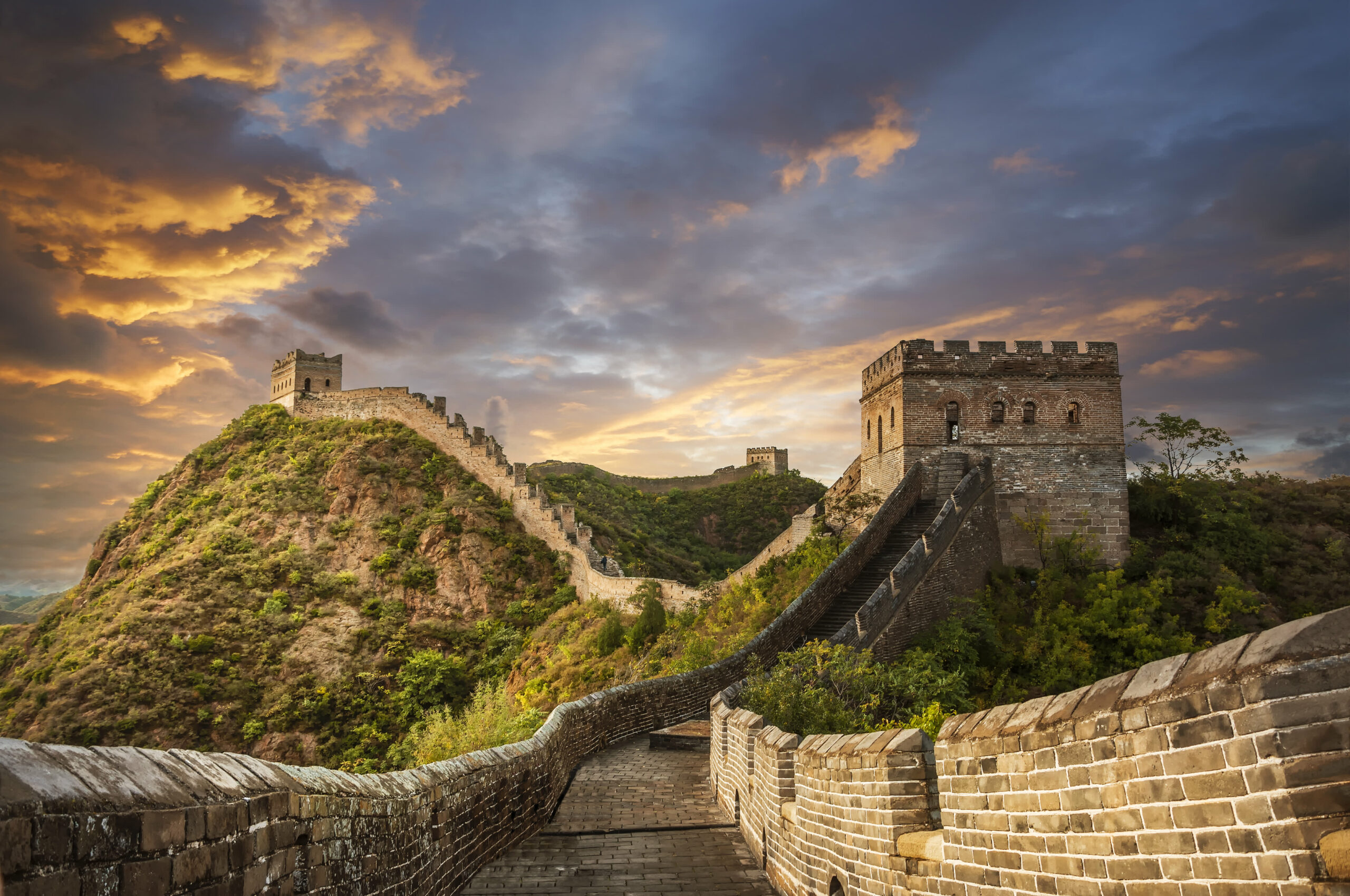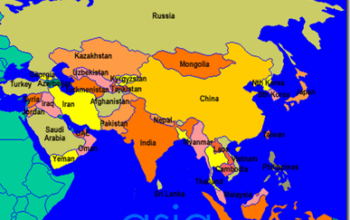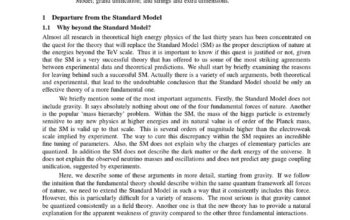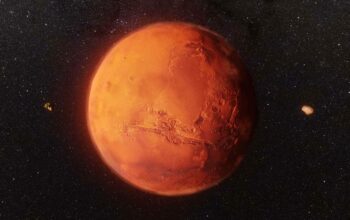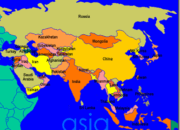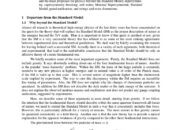China’s lunar ambitions have rekindled international intrigue with the recent launch of its moon mission. This endeavor marks a significant milestone in China’s space exploration chronology, engulfing global interest in its methodologies, objectives, and broader implications. The question arises: what does this signify for the evolving landscape of lunar exploration? With multiple nations now vying for a foothold on the moon, the competition intensifies. Yet, with such aspirations come multifaceted challenges that China and other nations must navigate.
The genesis of China’s lunar aspirations can be traced back to the early 21st century when the China National Space Administration (CNSA) embarked on an ambitious plan to explore the moon. The initial phases were characterized by meticulous robotic missions, with Chang’e 1 (launched in 2007) serving as the harbinger of China’s foray into lunar studies. The subsequent Chang’e missions have progressively escalated in complexity and objectives, culminating now in a renewed commitment to assert China’s presence in the tantalizing realm of extraterrestrial exploration.
The latest mission under the Chang’e program, particularly focused on lunar research, beckons a discussion of varying thematic layers pertinent to contemporary space exploration. Primarily, the iterative advancements in technology have empowered China to envision a sustainable presence on the lunar surface. This mission entails not just a scientific endeavor but also a strategic positioning within the global space exploration community. As nations develop their lunar strategies, one must ponder the balance between collaboration and rivalry that may ensue.
As the technical specifications of the latest lunar mission are disclosed, they reveal innovations that could reshape approaches to space expeditions. For instance, developments in propulsion technologies, lander-integrated systems, and advanced data-gathering protocols demonstrate a meticulous attention to both safety and scientific precision. This transition signals a paradigm shift where the efficiency of lunar landings will inevitably dictate the parameters of future missions. China is poised to exploit these advancements, leveraging them against a backdrop of geopolitical context in an increasingly crowded celestial arena.
However, such ambitious undertakings are not without challenges. A paramount concern lies in the intricate orchestration of international relations. As nations like the United States, Russia, India, and now China race toward lunar exploration, the specter of competition looms large. The juxtaposition of collaboration and competition introduces potential friction points: how can nations ensure that their quests for lunar success do not devolve into conflicts? This leads to the playful thought: would a “Moon Treaty” be a viable solution, stipulating that the moon should be studied as a shared scientific resource rather than a contested territory?
Moreover, the psychological implications of lunar exploration cannot be sidelined. Engaging the public’s imagination has always been a hallmark of successful space missions. China’s ambitious lunar mission will provoke curiosity, inquiry, and inspiration, drawing attention from scholars, students, and the general populace alike. The mission’s narrative may inspire a new generation of scientists, engineers, and astronauts, all eager to understand the profound mysteries that the moon harbors.
This reinvigorated focus on lunar exploration also aligns with broader scientific pursuits to understand the moon’s role in the solar system. Investigations into lunar geology, resource availability, and the history of cosmic impacts shape our comprehension of Earth’s own geological narrative. Given that the moon serves as a time capsule of the early solar system, Swedish astrophysicist Johan R. D. Lind describes it as “a window into the cosmos.” The quest to reveal this cosmic history is thereby entwined with national ambitions and an intrinsic curiosity about humanity’s place in the universe.
There are also tangible economic motivations for lunar exploration. The potential for harvesting lunar resources—including hydrogen, helium-3, and rare earth minerals—could transform energy paradigms on Earth. China’s aspirations are embedded within a strategy to harness these resources for domestic and international consumption alike. With energy demands soaring globally, the moon may soon emerge as a critical source of sustainable energy. However, the feasibility of such extraction must be thoroughly evaluated; the logistical, economic, and technological hurdles remain significant.
As China persists in its lunar endeavors, the implications extend beyond terrestrial borders. The addition of lunar bases, scientific stations, and potential mining operations could sculpt new geopolitical landscapes. In this context, one may question: will cooperative frameworks evolve to govern lunar activities? Or might we witness the emergence of a new space race in the vacuum of interstellar competition? The balance between different nations’ interests will be delicate, and it is crucial to engage in dialogues that prioritize peaceful exploration and shared scientific pursuits.
In conclusion, China’s latest moon mission marks not merely a technological but a sociopolitical undertaking with far-reaching implications. The interplay of innovation, ambition, rivalry, and cooperation sets the stage for a new chapter in lunar exploration. Although the future may appear formidable, the quest for knowledge remains a potent driver for collaboration—a reminder that the pursuit of scientific understanding is a unifying human endeavor. As the moon beckons, it is imperative for nations to embrace collaboration over competition. In doing so, a collective venture into the unknown may yield profound insights into our universe, transforming challenges into opportunities for advancement.
